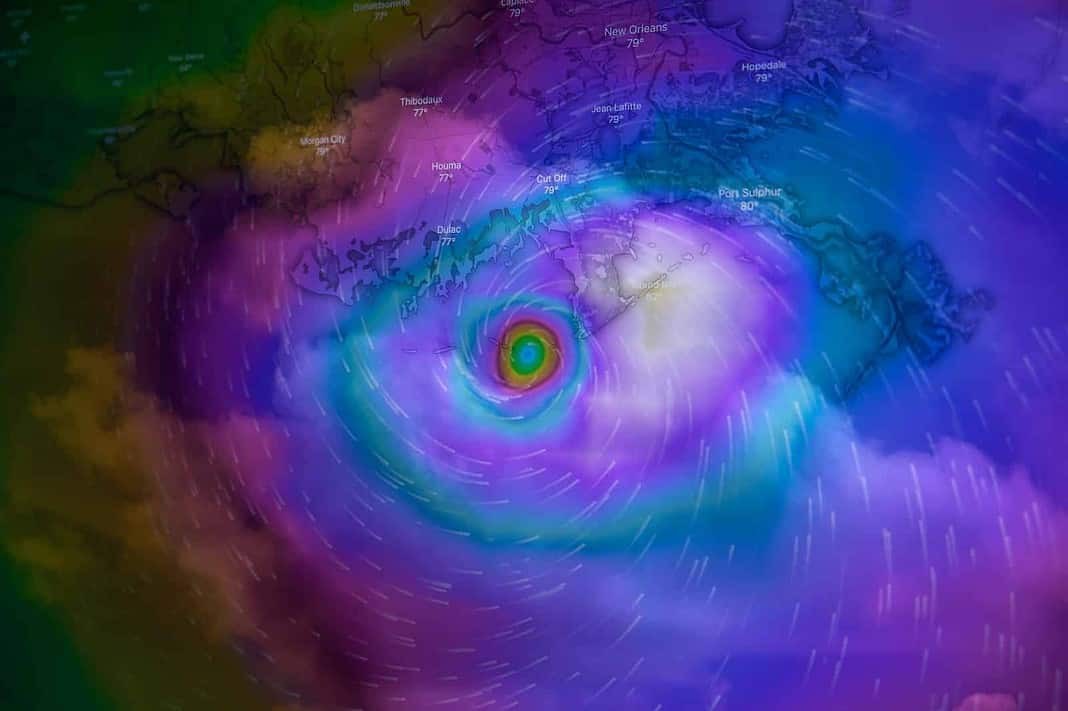A new study has found that 2019’s Cyclone Oma has left many things in its wake, including huge plankton blooms.
Researchers found that in rare cases, cyclones can cause large amounts of upper ocean life to be created in areas of the ocean usually devoid of life. This event can be so rare, as in the case of Cyclone Oma which stormed across the Coral Sea in 2019, that it is estimated they occur once every 1500 years.
The scientists found plankton blooms when a cyclone remains stationary over the same patch of water for a long time. This is because the winds at the eye of the storm start pulling up water from the depths. These nutrient-rich deep waters then cause a plankton explosion.
The study was conducted by Dr. Pete Russell of the University of Otago’s Department of Marine Science and Dr. Christopher Horvat of the University of Auckland’s Department of Physics. The results were recently published in the journal Geophysical Research Letters.
According to Russell:
“While Oma was a relatively benign cyclone, it produced a massive phytoplankton bloom in its wake – the single most abnormal event in the history of South Pacific chlorophyll measurements. Such an extreme event can produce a large amount of biomass in a part of the ocean that is typically a biological desert.
“We don’t yet know about the fate of this biomass, but one possibility is that it could end up on the bottom of the ocean, sequestering carbon. Cyclones are one of the mechanisms that dissipate heat from the tropics. Warming oceans mean more heat to dissipate. This means more intense storms and perhaps longer storm seasons resulting in more storms.
“By examining sediment cores from the last inter-glacial period, we may get a heads up on what cyclone activity to expect with ocean temperatures 1+ degrees higher than today.”
While Horvat added:
“These cyclones can do amazing things – other than have strong winds, they can also dramatically affect the plants and animals living in the upper ocean and change the cycling of carbon by leading to blooms. Along with these bloom events in the open ocean, cyclone activity results in both coastal upwelling and runoff from the land that also deliver nutrients into the photic zone, generating blooms. These blooms could be an integral part of the local marine ecosystems of our Pacific neighbours supporting higher food chains.”
You can find the original research here.

